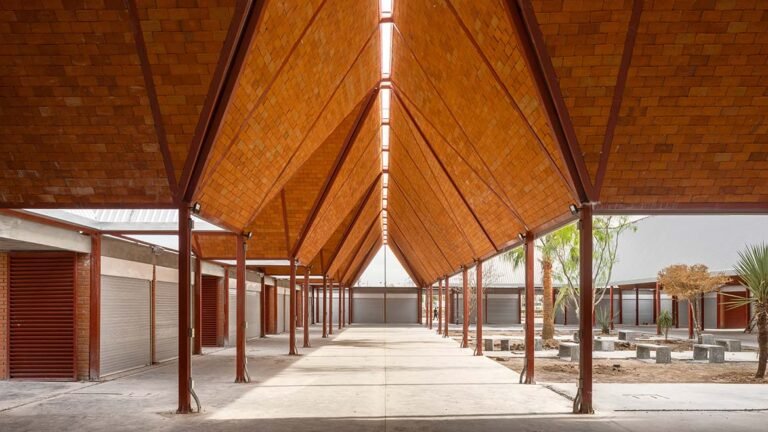Fog House / Jirau Arquitetura
Fog House / Jirau Arquitetura


Text description provided by the architects. Before reading this house, we recommend reading the “Roteiro para Construir no Nordeste” (“Guide to Build in the Northeast”) (1976) by Armando de Holanda. “Let’s start with ample shade, a protective shelter from the sun and rain”.

Set on a large stone slab, the Casa Neblina overlooks an enchanting landscape; Serra Negra, in Pernambucano’s Agreste, a rural village full of charm, which is a “weekend scape”, as it combines an authentic country life with good restaurants and wineries with their own identity, all in a mild and pleasant climate all year round.

Name of the highest lots in a hillside second-home condominium, perhaps the highest in Pernambuco, around 950 m, also a Jirau design, its name is due to the mist that routinely takes over everything. This house is the result of a challenging request from clients who have very good taste: a place for quietness, refuge, for affection, and friends, in short, a place for the good things in life to happen. In addition, it should bring the beautiful landscape of its surroundings inside, mixing rusticity with sophistication.


Because of the silhouette of the terrain, one arrives, on level, through the social floor and then one can descend to the floor of the intimate environment, in a contrary logic to what we normally encounter in the urban space of our cities. “Let the space flow, making it free, continuous, and uninhibited. Let us separate only those places where privacy, or the activity performed in them, strictly recommends it.”

The access is made by a walkway, half ramp, half staircase, which begins with some concrete steps that talk to the small cashew tree that already inhabited the lot when we arrived, and then develops ramped up to the access down this social floor, a single room joins living room, dining room, and kitchen.

Half of this large space integrates with the gourmet terrace and the infinity pool, built entirely on balance, and the other half faces the landscape through a floor-to-ceiling frame, protected by a generous marquee, almost as a seaside flat facing the sea in front of it, in the words of the client’s request during the meeting, presenting the first study. The social area of the house is a large platform where, always, the main thing is the view, the landscape, and the infinite horizon.

On the lower floor, in addition to the support areas, such as the laundry room, service bedroom and bathroom, storage rooms, and the lower reservoir, there are two more suites, one being a guest suite and the other, the master suite with its floor on two levels and a bathroom that also enjoys the fascinating view. In the master suite, the space under the overhanging pool forms the veranda, the “sheltered place where one can participate in the unfolding of the days and nights, animated by the light, the winds and the rains: places of an architecture of the human experience of the natural environment?” as we learn in the classic Roteiro para Construir no Nordeste, by Armando de Holanda.



In terms of materials, the house is designed without relying on the use of materials that may come to expire or go out of fashion at another time. The house bets on the truth of materials, and the menu basically boils down to natural stone, painted plaster, and wood. As the Pernambuco School teaches in its architectural manual for building in the tropics, “Let us work towards a free and spontaneous architecture that is a clear expression of our culture and reveals a sensitive appropriation of our space”.







